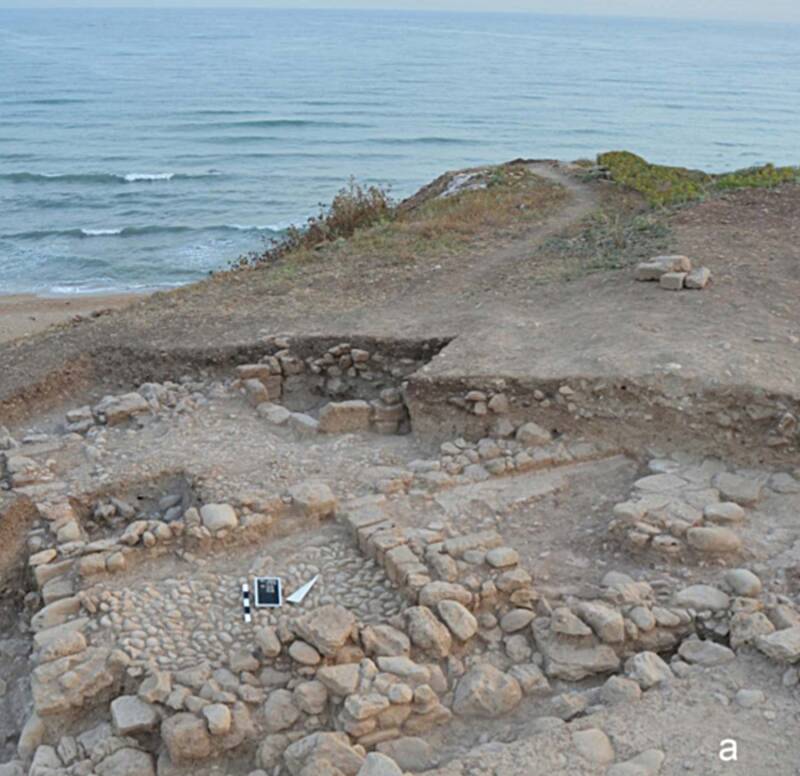Prior investigations propose that the Phoenicians who lived millennia back in the Mediterranean delivered enormous clumps of wine to drink and exchange with different societies. This gigantic winepress demonstrates it.

In the event that you love to drink wine, you have the old Phoenicians to thank for making matured grape squeeze so famous.
The Phoenicians were a development of individuals who occupied free city-states along the bank of the Mediterranean Sea in the region incorporating what is presently Lebanon, northern Israel, and Syria.
They were sailors who embraced and spread a culture of making and drinking wine. Archeologists as of late discovered additional verification of the Phoenicians’ wine culture going back millennia prior.
As per Phys.org, specialists uncovered an antiquated at this point well-presevered winepress at the archeological site of Tell el-Burak around five miles south of the Lebanese city of Sidon.
Archeologists presume the 2,600-year-old constructions found at the site were utilized in the wine assembling of the Phoenicians, who utilized a mortar blend produced using lime and parts of squashed pottery to fabricate them.

In another paper distributed in the diary Antiquity, specialists composed that individuals living in the Phoenician settlement probably brought grapes collected around the region to the wine “industrial facility” so they could be squashed and liquified by foot inside the presses.
The winepress was comprised of two separate holding spaces: one higher holding space where the grapes were stepped and a holding tank at the lower end.
When the grapes were altogether stepped, the juice alongside the stem and skins from the grapes would be gathered and piped into the huge pot where the squeezed groups would then be matured into wine. It’s assessed that the winepress could hold around 1,200 gallons of grape juice.
The constructions, which go back to seventh century B.C., were found close by four mud-block houses, conceivably the homes of the winemakers responsible for the press.
Prior investigations have proposed that the wine created by the Phoenicians weren’t just delivered and devoured locally. They additionally likely exchanged past their domains across the Mediterranean, generating the old wine culture that actually endures right up ’til today.

“We expect that wine was delivered there for an enormous scope for a few centuries. For the Phoenicians it was vital — they likewise utilized wine in strict services,” the examination creators composed.
The speculation has been upheld by a past disclosure of an enormous number of amphorae, or huge bowls, that were likely used to ship nourishments and fluids — including wine.
“The city of Sidon was on ocean shipping lanes in the eastern Mediterranean. Phoenicians assumed a significant part in the spread of wine in the Mediterranean territory, and their convention of wine utilization was given to Europe and North Africa,” the writers proceeded, “this new disclosure gives numerous insights concerning how the pioneers of wine created the beverage.”
Be that as it may, the Phoenicians accomplished something beyond produce wine. They were known as gifted makers and profoundly respected for their craftsmanship in glass and color making just as shipbuilding.
Truth be told, the purple color that they produced was utilized to shading the purple robes of Mesopotamian eminence. The Greeks named the Phoenicians with the senseless epithet the “purple individuals” on the grounds that the purple color would stain the skins of the laborers.
The revelation of the winepress is critical as additional evidence of the antiquated wine culture and exchange performed by the Phoenicians. However, it likewise causes us get a feeling of exactly how old the relaxed action of getting a charge out of a glass of wine really is.